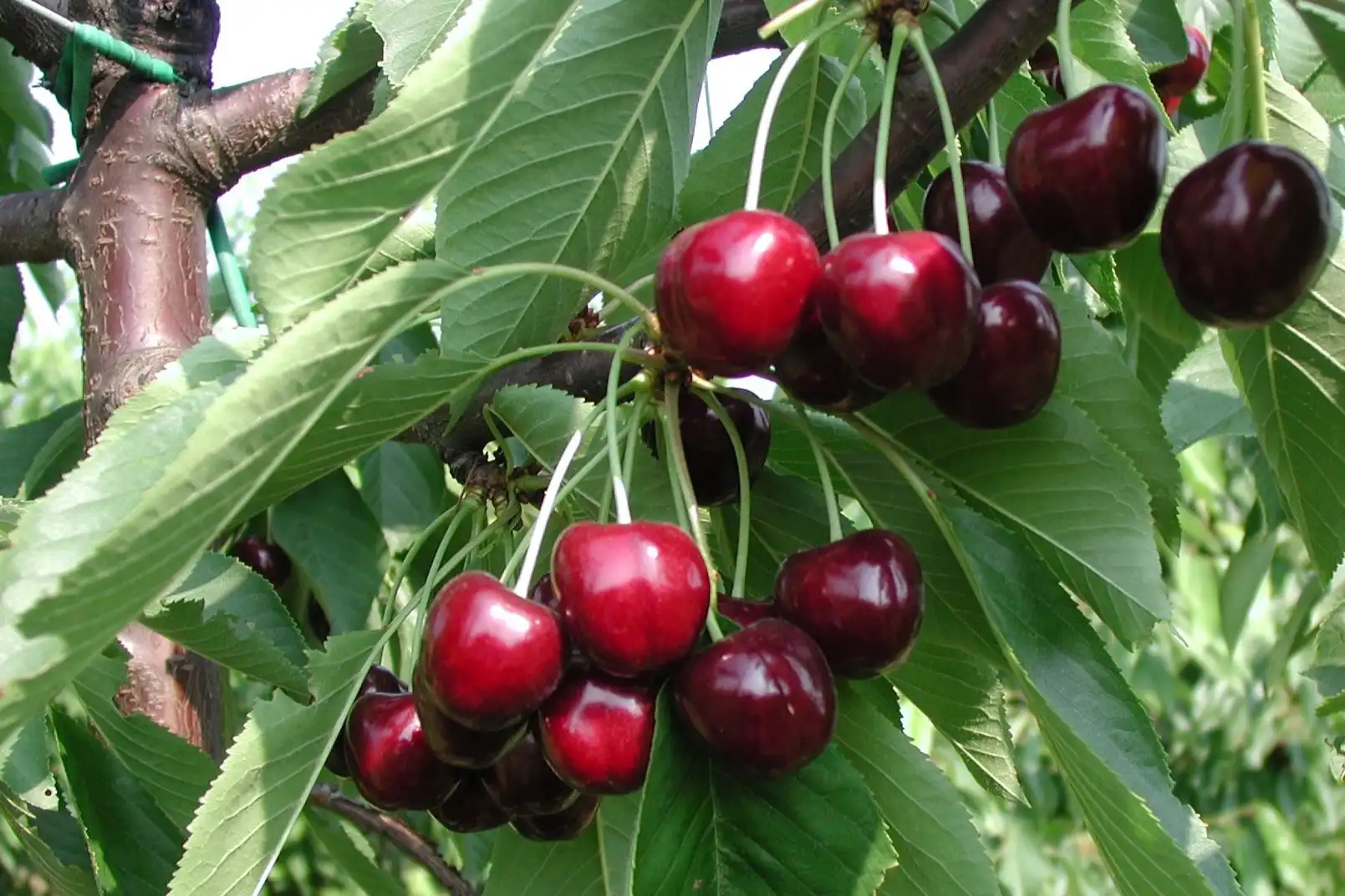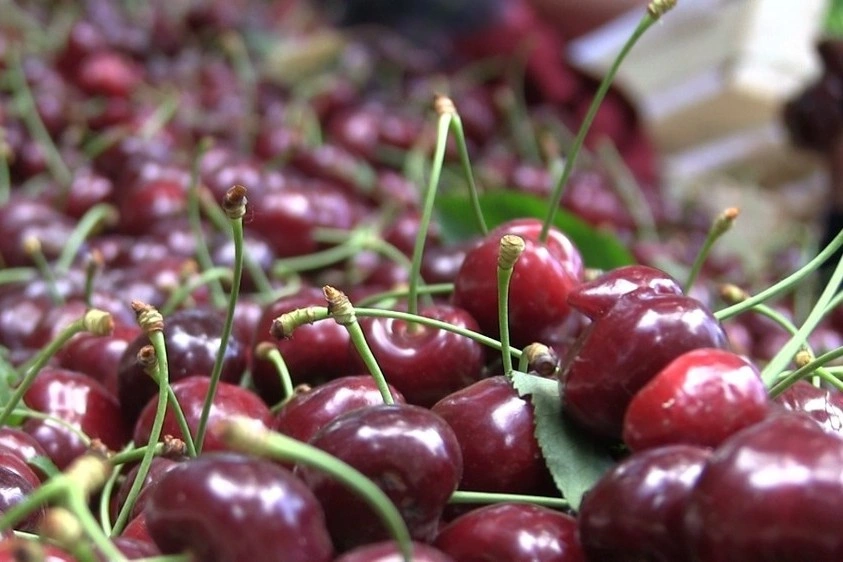A Chilean study published in Plants recommends the use of 10–15% CO₂ and 10% O₂, combined with harvest at the Caoba Claro stage, to extend Regina’s shelf life up to 40 days plus the marketing phase, with lower incidence of decay and greater firmness.
Sweet cherries (Prunus avium L.) are non-climacteric fruits with a moderate respiration rate (10–20 mg CO₂ kg−1 h−1 at 0 °C) and a very low ethylene production. Despite this, they are highly perishable due to rapid dehydration of the pedicel and the fruit, followed by loss of firmness, acidity, and development of decay, explains the team at Centro de Fruticultura del Sur (Chile).
To slow down deterioration, immediate cooling is recommended at temperatures between -1 and 0 °C, with relative humidity above 95%, which allows optimal quality to be maintained for 2–4 weeks.

The role of Chile
In recent years, Chile has consolidated its position as the leading exporter of cherries in the Southern Hemisphere, with a shipment volume of 529 thousand tons, accounting for 59% of the global market in the 2024/25 season. The main exported varieties were Lapins (37%), Santina (31%), and Regina (14%). China remained the main destination market, absorbing 91% of Chilean exports.
Cherries and postharvest
Regina cherry is a late-ripening sweet variety with large fruits, firm flesh, dark red to almost black color, and a juicy sweet-sour taste. It is highly valued by consumers for its quality and rain-cracking resistance, making it ideal for fresh consumption and export.
Its main features are the high sugar level, resistance to mechanical damage, and easy handling thanks to its long pedicel. However, this cultivar shows important postharvest limits: beyond 30 days of storage, loss of firmness, internal browning, and flavor decline occur.
These limits are particularly critical for Chilean exports to distant markets such as Asia, where sea transport can take between 25 and 40 days, with possible additional delays due to logistical setbacks or health emergencies.
The Chilean study
In this context, through the Postharvest and Fruit Quality Project in Cherry, Deputy Director Dr. Víctor Escalona and his team at the University of Chile evaluated the use of medium-high CO₂ and low-moderate O₂ concentrations compared to traditional modified atmosphere (5–6% CO₂ and 14–15% O₂). Treatments were applied to Regina cherries harvested at two maturity stages.
According to Escalona, the use of controlled atmosphere with optimized concentrations of CO₂ and O₂, combined with harvest at the Caoba Claro stage, proved to be an effective strategy to extend Regina cherries’ shelf life up to 40 days in cold storage plus the commercial phase, while maintaining physical and sensory quality for export.
For the export industry, the result is crucial: it fits the 25–40 day maritime transit times to Asia, Chile’s main market. The study shows that raising CO₂ (≥10%) and working with O₂ around 10% — parameters manageable in well-sealed containers — reduces browning and decay compared to traditional MA and maintains commercial attributes (TSS, titratable acidity, phenolic compounds, and anthocyanins).
Practical recommendations
The 40-day window with fruit harvested at Caoba Claro offers greater logistical margin, operational buffers, and more uniform arrivals in good condition.
For growers and exporters working with Regina, the evidence supports three practical recommendations:
- set controlled atmosphere setpoints at CO₂ ≥10% and O₂ ≈10% when the system allows;
- favor harvest at Caoba Claro to improve tolerance to long storage;
- validate protocols in their own cold facilities and with technology providers, integrating actual pre-cooling times, fumigations, and transfers.
On long routes, this refinement can make the difference between fruit “on standard” and fruit with browning and loss of firmness upon arrival.
Image source: SL Fruit Service
Cherry Times - All rights reserved













